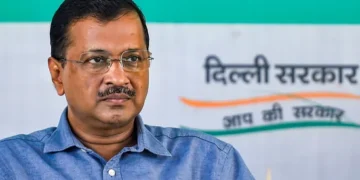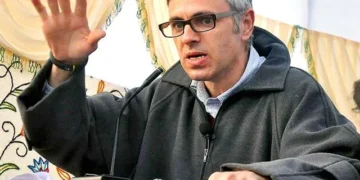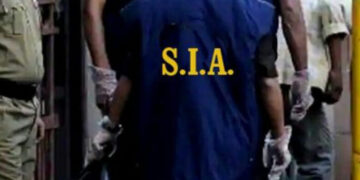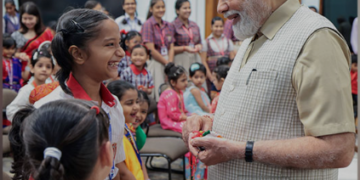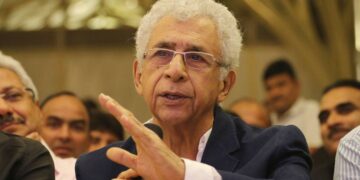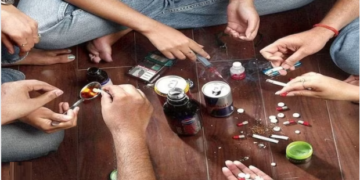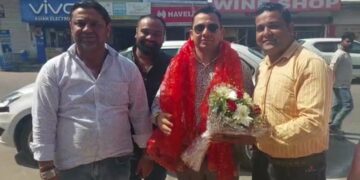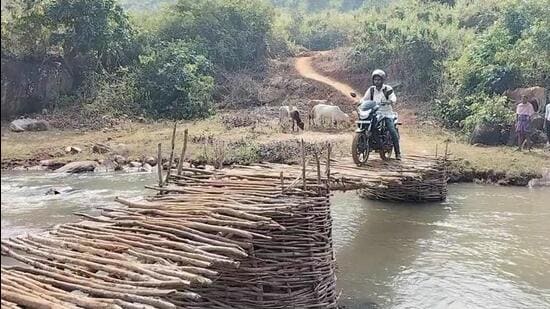For the last two elections, Ranjit Nayak, a 26-year-old truck driver in Gunjarampanjara village under Kashipur block of Rayagada district heard the local politicians promise about building a permanent bridge over a nearby river that would give the villagers easy access to a government hospital in neighbouring Kalahandi district. Like most villagers, he hoped that the politicians would keep their promise to build a bridge over the Bichhla river that would help his tiny village of 100 families.For the last two elections, Ranjit Nayak, a 26-year-old truck driver in Gunjarampanjara village under Kashipur block of Rayagada district heard the local politicians promise about building a permanent bridge over a nearby river that would give the villagers easy access to a government hospital in neighbouring Kalahandi district. Like most villagers, he hoped that the politicians would keep their promise to build a bridge over the Bichhla river that would help his tiny village of 100 families.
In June this year, he gave up on the politicians and decided to do something about it. Nayak said he was tired of waiting.
“People were suffering a lot and people used to get hurt trying to cross the river,” said Nayak. The river wasn’t always very deep but its flow was fast. Often, people would get washed away and would sustain injuries trying to get back to the riverbank. “So fast that sometimes even motorcycles would get swept away while crossing the river”.

The bridge would make it easier for villagers travelling to two adjoining districts; Kalahandi and Nabarangpur.
Nayak figured he couldn’t afford to build a concrete bridge and planned to build one using wooden poles and bamboo. His father Kailash was going to help him.
But shortly after they started, they realised that it would need more poles and bamboo that he had initially anticipated. But they weren’t prepared to back down.
Nayak then decided to pawn his wife’s jewellery for ₹70,000, the poor family’s only valuables, to buy bamboo and wooden poles from the market.
“I and my father decided that we would not stop come what may. I had taken a break from my driving work and kept working on the bridge,” said Nayak.
The Nayaks completed the bridge in November for his village, Gunjarampanjara.
“Though there is a hospital in Dongasil gram panchayat, the road condition is very bad. Once we cross the river, it is easier to travel to the government hospital in Jaipatna block of Kalahandi district as the road condition is better,” said a villager.
He added that the bridge was good enough to support two-wheelers though it shakes.
The Rayagada district collector refused to comment on Nayak’s efforts.
To be sure, the Odisha government does have a flagship programme to build bridges in backward and flood prone areas, Biju Setu Yojana, but there are gaps in its implementation.
A recent report by the Comptroller and Auditor General that looked into the scheme said the projects were selected on a random basis, often on the recommendations of ministers and legislators in violation of the guidelines, without a long-term plan.
“There was no documentation available to show that any overarching survey/study had been carried out by the rural development department to identify missing links in the state,” the report said.


